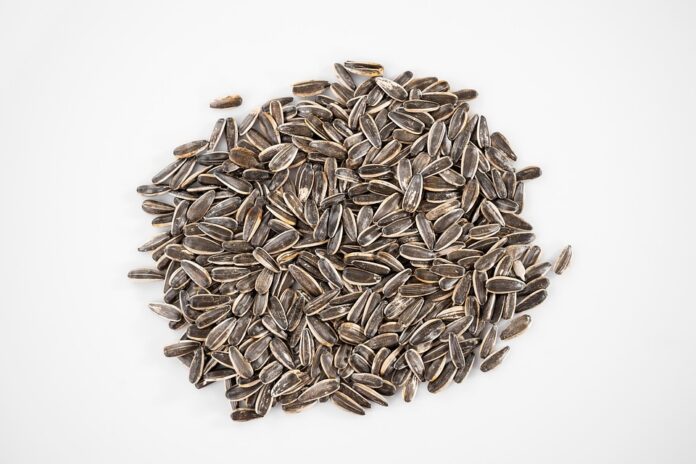The Impact of Currency Fluctuations on Sunflower Seeds Trade and Pricing
Introduction
Currency fluctuations play a significant role in the global trade of commodities, including sunflower seeds. Sunflower seeds are a vital ingredient in various industries, such as food processing, cooking oil production, and animal feed. The prices of sunflower seeds are heavily influenced by currency movements, affecting both importers and exporters in the market.
Factors Influencing Currency Fluctuations
Currency fluctuations are driven by a variety of factors, including interest rates, inflation, economic stability, political events, and market speculation. In the context of sunflower seeds trade, exchange rate movements between major trading currencies, such as the US Dollar (USD), Euro (EUR), and Russian Ruble (RUB), can have a direct impact on pricing and demand.
Impact on Sunflower Seeds Exporters
For sunflower seeds exporters, a weaker domestic currency can make their products more competitive in the international market. When the exporter’s currency depreciates against the importing country’s currency, sunflower seeds become cheaper for foreign buyers, leading to increased demand and higher export volumes. This can boost the exporter’s revenue and profitability.
Conversely, a stronger domestic currency can have a negative impact on sunflower seeds exporters. A stronger currency makes their products more expensive for foreign buyers, reducing demand and potentially leading to lower export volumes. Exporters may have to adjust their pricing strategies to remain competitive in the global market.
Impact on Sunflower Seeds Importers
On the other hand, sunflower seeds importers are affected differently by currency fluctuations. A weaker domestic currency can increase the cost of importing sunflower seeds, as they need to pay more in their own currency to purchase the same quantity of seeds in foreign currency. Importers may pass on these increased costs to consumers, leading to higher prices for sunflower seed products.
Conversely, a stronger domestic currency can lower the cost of importing sunflower seeds for importers. This can result in lower prices for sunflower seed products in the domestic market, benefiting consumers but potentially impacting local producers who may struggle to compete with cheaper imported products.
Case Study: Russian Sunflower Seeds Export Market
Russia is one of the largest exporters of sunflower seeds in the world, with a significant share of the global market. The Russian sunflower seeds export market is highly sensitive to currency fluctuations, particularly the exchange rate between the Russian Ruble (RUB) and major trading currencies.
In recent years, the depreciation of the Russian Ruble against the US Dollar (USD) has made Russian sunflower seeds more competitive in the international market. This has led to an increase in export volumes and revenues for Russian sunflower seeds exporters. However, the volatility of the Ruble can also pose risks for exporters, as sudden fluctuations in the exchange rate can impact pricing and profitability.
Conclusion
In conclusion, currency fluctuations have a significant impact on the trade and pricing of sunflower seeds in the global market. Exporters and importers of sunflower seeds must carefully monitor exchange rate movements and adjust their strategies accordingly to mitigate risks and capitalize on opportunities presented by currency fluctuations. Understanding the relationship between currency movements and sunflower seeds trade is essential for navigating the complexities of the international commodity market.




